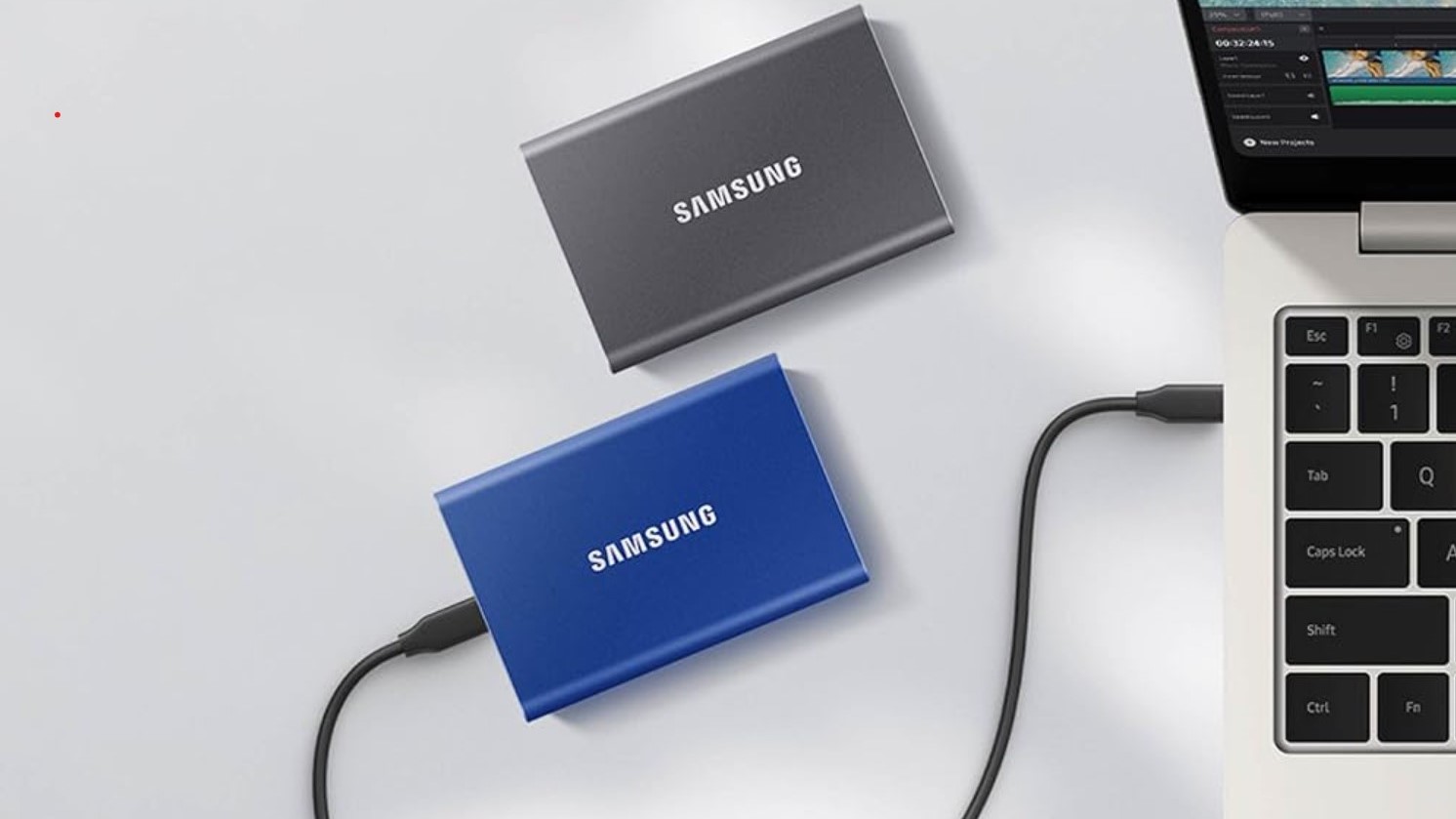Android and Nest are making the smart home feel smarter with Matter
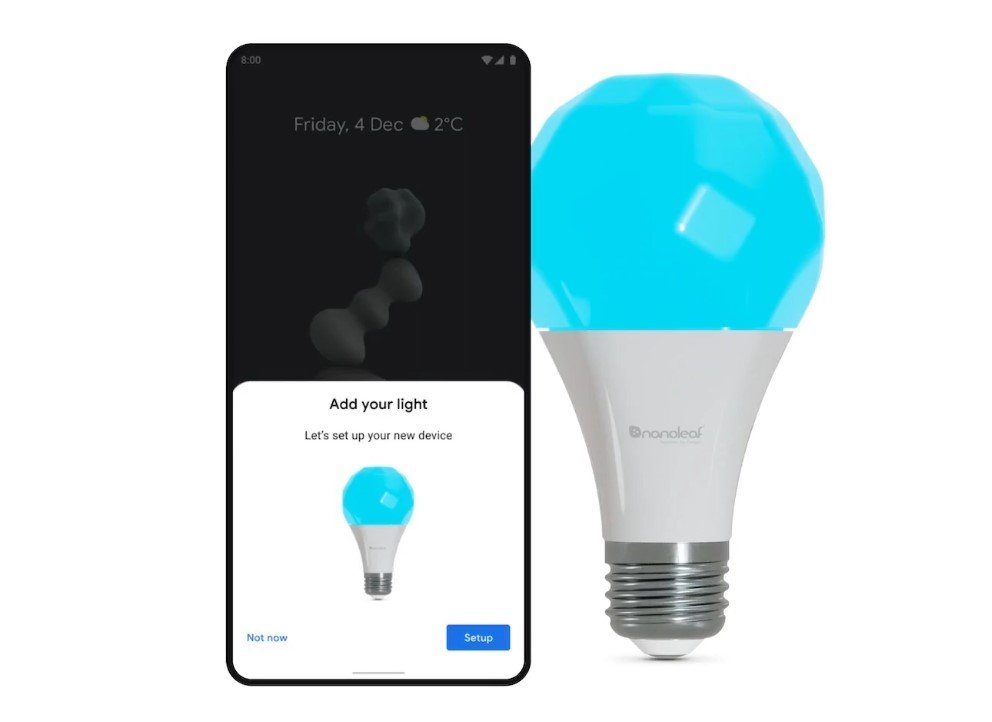
What you need to know
- Android and Nest devices will be able to quickly pair and control Matter-enabled devices once the standard launches later this year.
- Thread support is coming to several Nest devices, bringing secure, low-power connectivity to supported smart home devices.
- WebRTC streaming will reduce the time it takes to bring up your smart home camera feeds on Nest smart displays and in the Google Home app.
- Nest Home and Away is being replaced by Google Home and Away statuses, which can automatically toggle lights, adjust the thermostat, and control other devices based on whether you're at home or away.
Hot on the heels of the announcement that Project CHIP is becoming Matter — the smart home standard that aims to finally create a smart home that actually feels smart — Google has announced that Android and Nest products will be receiving full Matter integration, as well.
While there aren't specifics on what versions of Android will feature Matter integration just yet, Google showed off the ability for Android devices to quickly set up Matter-capable smart home gadgets within seconds of unboxing and turning them on. This is done through a quick pair dialogue that appears on the screen when a new Matter-capable smart home device powers on for the first time.
Additionally, Nest devices like Nest Hub and Nest Hub Max will be able to perform the same simple steps to set up new smart home devices that support Matter in the future. That means a few taps on your Nest Hub will not only set up your brand new light bulb or smart appliance, but it'll also bring it into your Google Home app and all the accompanying interfaces and features, as well.
That's a significant step forward from the current setup methods, which often involve downloading a manufacturer's own app, pairing and setting up through that app, and then still having to connect and set up that device inside of the Google Home ecosystem.
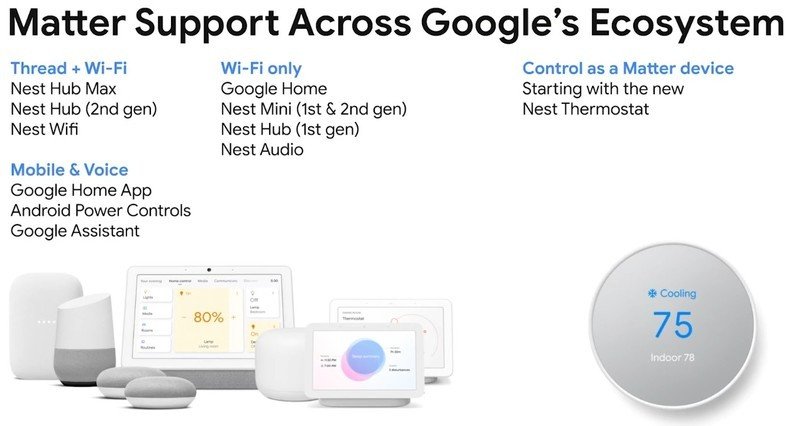
Nest devices will also be able to communicate with lots of newer smart home devices via a new wireless protocol called Thread. Thread operates in the same way that Bluetooth or Wi-Fi do — by sending out wireless signals with a special type of radio — while Matter is the language spoken over those radio waves.
Like other local communication methods, Thread is designed to only communicate to devices within your home and is made to use far less power than Wi-Fi would. Nest devices can seamlessly switch between any protocol needed for communication and will receive the update to support Thread automatically.
In addition to easier pairing and better communication between smart devices, Google is introducing WebRTC as a streaming protocol through Google Home. WebRTC is significantly faster and more efficient than current smart home camera streaming protocols, with 50-80% lower latency than older protocols. Streams will also appear more quickly on your smart displays or within the Google Home app, thanks to reduced latency and optimized routing paths for these protocols.
Get the latest news from Android Central, your trusted companion in the world of Android
Google will be sunsetting older protocols after 2022, so developers are expected to switch to these new protocols soon. Arlo, Logitech, Netatmo, and Wyze have already announced updates to switch over to WebRTC.
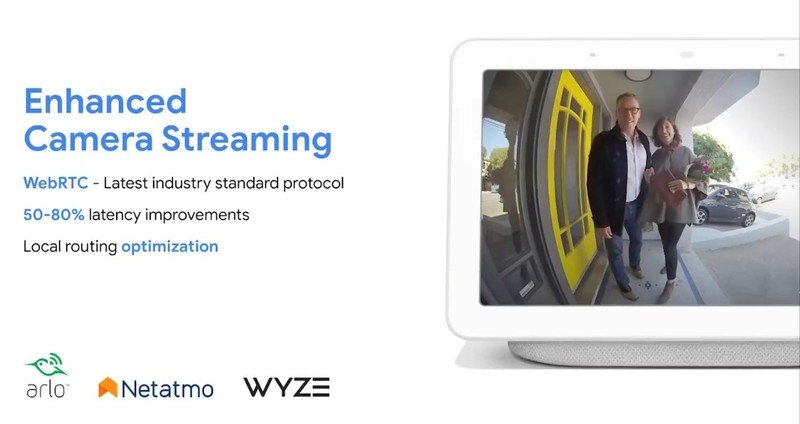
Lastly, if you were a loyal Nest user back in the day and dearly miss the Works with Nest features like Home and Away, Google has your back with the proper replacements to the program. The Home and Away statuses within the Google Home app can be used to issue commands to all your smart home devices, including adjusting the thermostat, turning lights on and off, vacuuming with your connected robot vacuum, and more. Home and Away can be set to trigger automatically based on geofencing and other methods, meaning you won't need to remember to press the button when you leave or arrive home.
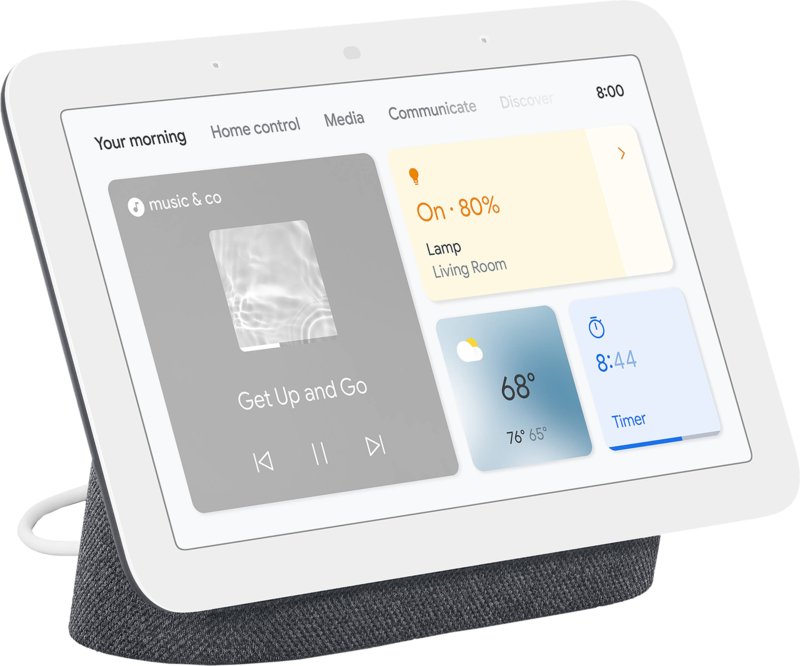
Your ultimate smart home hub
Like many of Google's Nest products, the new Nest Hub is practically future-proof thanks to its support for the new Matter protocols. That means it'll work with any Matter-certified smart home device when they launch later this year. It also features handy sleep-tracking to let you know how well you're sleeping.

